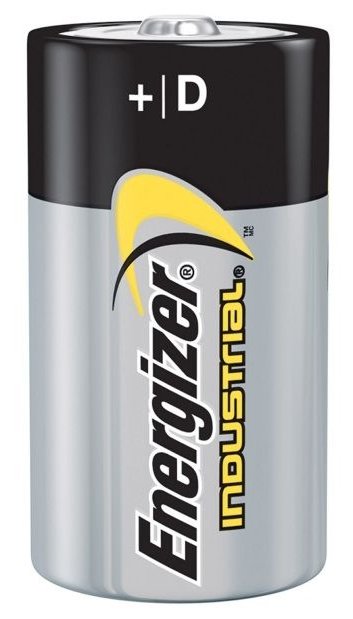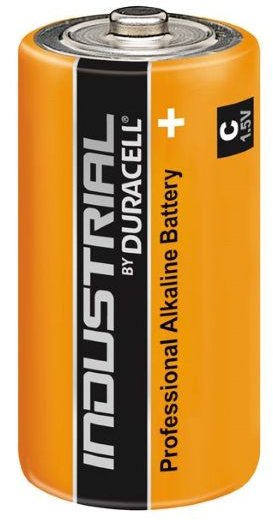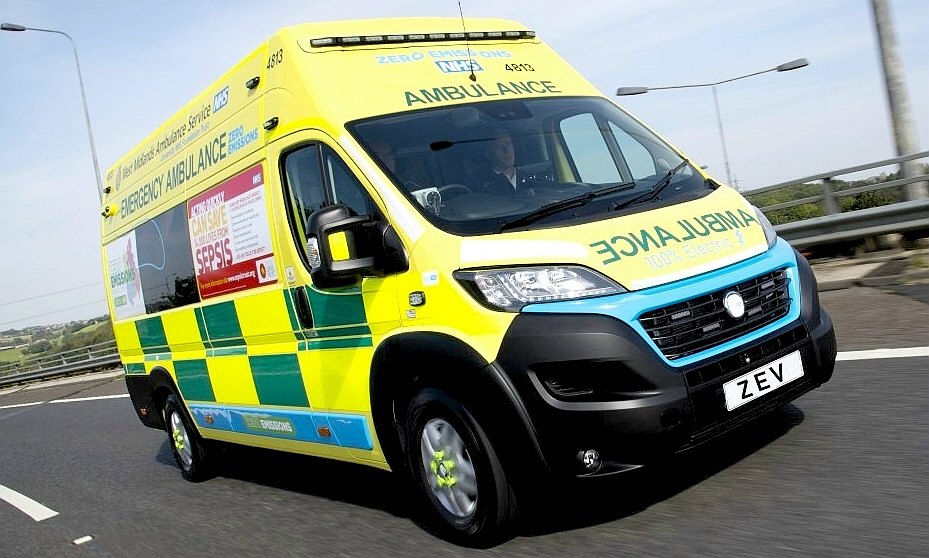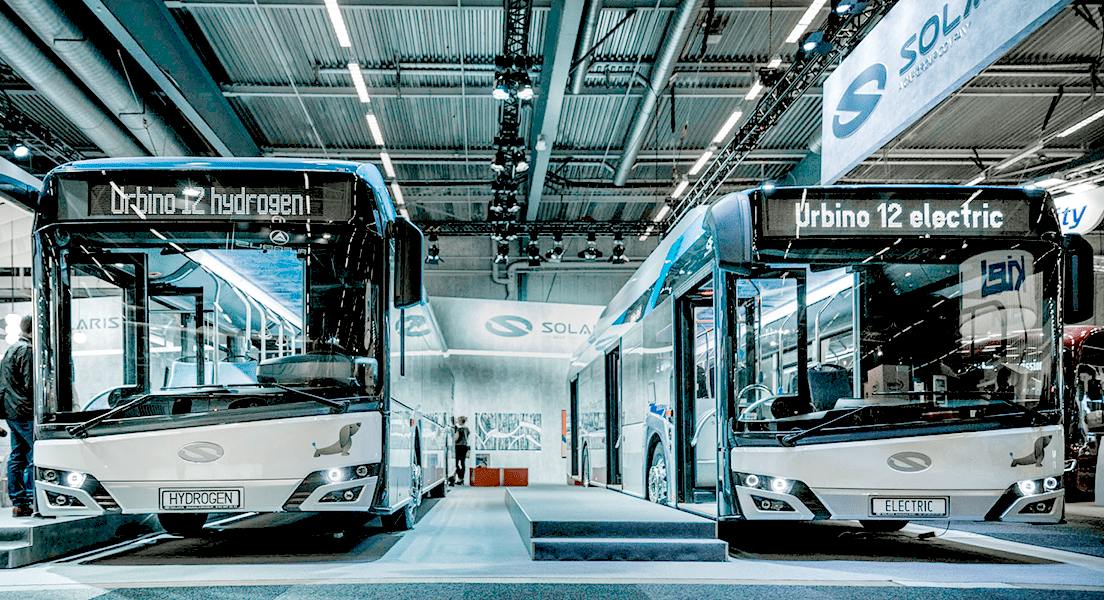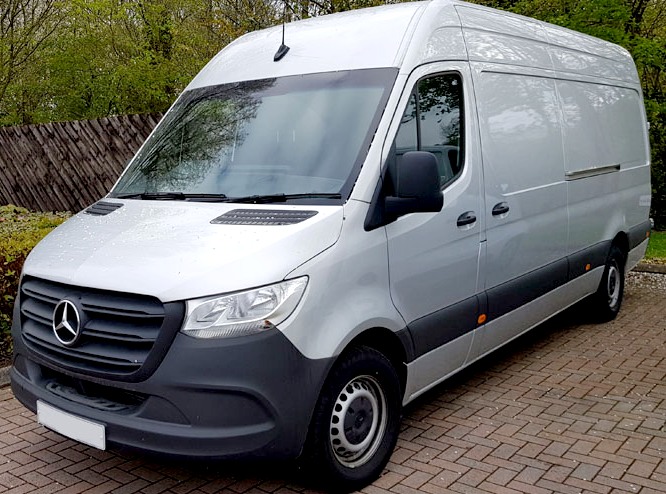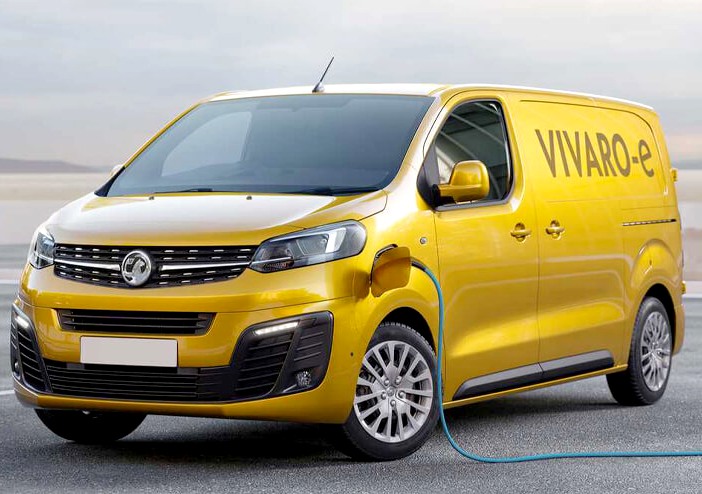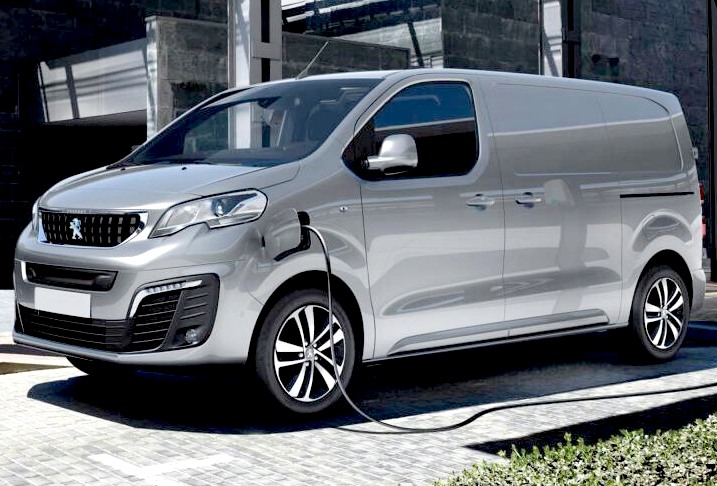|
10 GOOD REASONS TO CHANGE
Please use our A-Z INDEX to navigate this site where page links may lead to other sites, or see HOME
|
|
|
10 REASONS TO CHANGE TO A DUAL FUEL EV INFRASTRUCTURE
1. Hydrogen on its own is just a gas. It cannot supply electricity. We store hydrogen as compressed gas or a liquid. Whatever the storage medium, hydrogen needs to be connected to a fuel cell to be useful in terms of supplying electrical energy.
2. Couple a hydrogen tank to a fuel cell in a convenient package for handling, and suddenly hydrogen is a portable energy pack, or battery cartridge, superior in energy storage to the best lithium batteries. This cartridge may be added as an accessory to any existing EV, particularly trucks and vans, to extend range, and allow dual fuel operation.
3. A standard cartridge format allows us to handle the portable energy packs easily, and makes manufacturing easier and cheaper. We liken this to AAA, AA, C and D dry cells that we rely on as being standard sizes for many of our everyday devices. The only difference is the size. Vehicle batteries are much larger. You cannot clip one in and out like a popular dry cell. Mechanical handling is necessary.
Imagine how complicated life would be if every electrical device had a different battery size. There would be thousands of designs - much the same as with electrical goods like phones and computers. It will be the same for cars, hundreds, or even thousands of different packs designs, voltages and capacities. Talk about confusing!
With the range of standard battery casings for many appliances, the chaos is reduced to just five patterns. By standardizing the case they come in, different chemistry can be used, but the convenience remains. Even here, multiples increases voltage and wattage.
A standard energy cartridges for vehicles, offers a similar level of convenience for vehicle OEMs and for energy companies. It's so simple it hurts. Simplicity is the key.
4. The proposed Hydrogen Battery is voltage adjustable and stackable. Meaning it caters for most electric vehicle formats: 350-400+ volts, and may be adapted to deal with the new high voltage vehicles (800v) that are creeping onto the market. Each battery incorporates a fuel cell stack matched to the capacity of the gas storage medium.
5. The same 'Standard' cartridge may contain lithium batteries, voltage adjustable and stackable as with the hydrogen version. Meaning that it is possible to swap between lithium technology and hydrogen technology in between service exchanges. Ideally, and (hopefully) eventually, voltages would become standardized to make the power electronics cheaper to produce.
6. A Hydrogen Battery in a depot, like a Smart Services Station, can be used for load levelling, supplying electricity back to the grid. Hydrogen as a stored gas cannot.
7. Where the lithium or hydrogen cartridges are identical for handling purposes, they may be stored in a Smart Service Station to provide near instant refuelling for aircraft at airports, and cars and trucks at motorway services. Cartridge exchanges are just a couple of minutes for land vehicles.
8. Any vehicle that is compatible with a standard cartridge, avoids the need for potential customers to choose between lithium or hydrogen technology. With this system they can have both interchangeably - at the flick of a switch. Now that is what we call added value.
9. A chain of Smart Service Stations at selected locations, could supply all the transport energy needs for any country. No more kerosene, diesel or petrol pumps needed.
10.
Last but not least, trucks and vans (or any vehicle) with the system as a
range extending accessory (or kit), load and unload their own cartridges, using an
onboard system. By this means they are largely self-servicing. (Subject
to a feasibility study) This means that any electric van or truck might
bolt on an extra 700 miles in range, over and above that specified by the
vehicle manufacturer (OEM).
FIAT DUCATO EV CONVERSION - This battery electric has a range of 112 miles. With a hydrogen battery as a range extender, refuelling time can be cut from 4 hours plug in charging, to just a couple of minutes. In addition, the range will be roughly trebled.
The proposed system is compatible with Pay As You Drive (PAYD™) technology. This makes the purchase price of an EV much lower than other systems. You pay for energy and cartridge depreciation at every fill up.
Hydrogen powered electric buses are becoming very popular. With exchange refuelling using high pressure gas cartridges, or liquid hydrogen cartridges, coaches and trucks might have unlimited ranges. We hope this is a topic of discussion at the forthcoming UN COP 26 in Glasgow, Scotland in November 2021.
PLUG IN CHARGERS - For a while plugging in to charge your EVs might be feasible, but as electrics become more popular, they will soak up energy from the grids that supply homes, offices and factories, putting an enormous strain on the present infrastructure. For some reason policy makers and vehicle OEMs don't appear to be able to see that far into the future. Our crystal ball makes that much plain, without any eye drops.
Please use our A-Z INDEX to navigate this site
This website is copyright © Climate Change Trust 2021. Solar Studios, BN271RF, United Kingdom.
|
